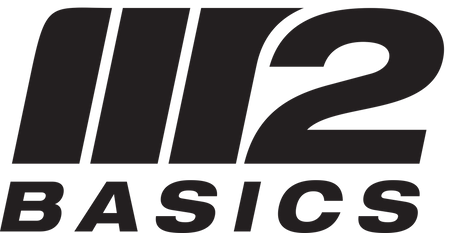Whether you're heading out for a wilderness adventure, embarking on a family road trip, or simply enjoying outdoor activities, having a well-equipped first aid kit is essential. However, not all emergencies and injuries are created equal, and different activities may pose unique risks and challenges. That's where customizing your first aid kit comes into play. In this comprehensive guide, we will explore the importance of tailoring your first aid kit to match specific activities and provide you with the confidence and resources to handle any unexpected situations that may arise.
Why is customizing your first aid kit important? By assessing the risks associated with different activities and tailoring your kit accordingly, you can ensure that you have the specific supplies needed to address potential injuries or emergencies. Let's delve into the process of customizing your first aid kit and discover the essential items for various activities.
-
Assess the Risks: Before customizing your first aid kit, it's crucial to assess the specific risks associated with the activity you'll be engaging in. For example, hiking or camping in remote areas may require additional supplies to handle wildlife encounters, such as snake bite kits or bear repellent. Water-based activities like swimming or boating might require waterproof bandages and a compact flotation device.
-
Consider the Duration and Location: The duration and location of your activity play a significant role in customizing your first aid kit. For extended trips or activities far from medical facilities, you may need to include items for wound closure, such as sutures or butterfly closures. In remote or wilderness areas, a compact compass and signaling mirror can be invaluable in case you get lost or need to attract attention for rescue.
-
Address Activity-Specific Injuries: Different activities present unique risks and potential injuries. For example, sports activities may require items such as athletic tape, cold packs, or knee braces. If you have young children, including child-sized bandages, pediatric medications, and a small splint can be important for family outings.
-
Allergies and Medications: Consider any known allergies or medical conditions that you or your group members may have. If anyone has severe allergies, including an epinephrine auto-injector (EpiPen) is crucial. If prescribed medications are necessary, ensure they are included in the kit, along with a clear list of medications and dosages.
-
Personalize for Individuals: Customizing your first aid kit also involves personalizing it for the individuals involved. Take into account any specific needs or medical conditions that each person may have. For example, if someone requires prescription medication for a chronic condition, ensure an adequate supply is included. If someone wears contact lenses, include a spare pair or contact lens solution.
-
Specialty Items for Outdoor Adventures: Outdoor activities often require additional specialty items in your first aid kit. For hiking and camping trips, consider adding moleskin for blister prevention and treatment, insect repellent, and sunscreen. For winter sports, include hand and foot warmers, ice packs, and supplies for frostbite or hypothermia.
-
Stay Up-to-Date and Replenish: Regularly check your customized first aid kit to ensure that all items are in good condition and within their expiration dates. Replenish supplies as needed, and consider conducting routine inspections before each activity to ensure that your kit is ready for any situation.
Customizing your first aid kit based on the specific activities you engage in is a proactive step towards ensuring the safety and well-being of yourself and your companions. By addressing activity-specific risks, considering individual needs, and including essential items for potential injuries, you can face any unexpected situation with confidence. Remember to regularly update and replenish your customized kit, staying prepared for the adventures that lie ahead. Taking the time to customize your first aid kit demonstrates your commitment to safety and preparedness.
As you embark on different activities, whether it's exploring the great outdoors, engaging in sports, or traveling, having a customized first aid kit allows you to address potential injuries and emergencies efficiently. It provides peace of mind, knowing that you have the necessary supplies tailored to the specific risks and challenges of each activity.
Moreover, customizing your first aid kit fosters a sense of self-reliance and empowerment. By being proactive and prepared, you can respond quickly and effectively to any unexpected situations that may arise. This not only benefits you and your immediate group but also allows you to extend a helping hand to others in need.
Remember that customization goes beyond simply adding items to your kit. It also involves acquiring the knowledge and skills necessary to use the supplies effectively. Consider enrolling in first aid and emergency response courses to enhance your understanding of medical procedures and techniques. These courses can equip you with valuable skills, such as CPR and wound management, that can make a critical difference in emergencies.
In conclusion, customizing your first aid kit is a vital step in ensuring your safety and preparedness for various activities. By assessing the risks, addressing activity-specific injuries, considering personal needs, and staying up-to-date with your supplies, you can create a customized kit that instills confidence and provides essential care when it matters most. Remember, emergencies can happen anytime and anywhere, so take the time to customize your first aid kit and stay ready for whatever adventures lie ahead. Stay safe, stay prepared!

